Stop-motion animation is a captivating and unique form of storytelling that brings inanimate objects to life through a series of meticulously crafted movements. It has been used to create countless beloved films and videos, capturing the imaginations of viewers young and old. If you’re eager to explore the world of stop-motion animation, this guide will provide you with an overview of the process and the tools you’ll need to bring your ideas to life. Whether you’re a beginner or have some experience in animation, stop motion offers endless creative possibilities that can be as simple or complex as you desire.
Understanding Stop Motion Animation: Stop motion animation involves capturing a series of individual frames or photographs and then playing them back in sequence to create the illusion of movement. It relies on the principle of persistence of vision, where our eyes blend the images together into a coherent animation. The magic lies in the incremental changes made to the objects or characters between each frame, resulting in the illusion of motion.
Equipment and Materials:
To get started with stop-motion animation, you’ll need a few essential tools and materials:
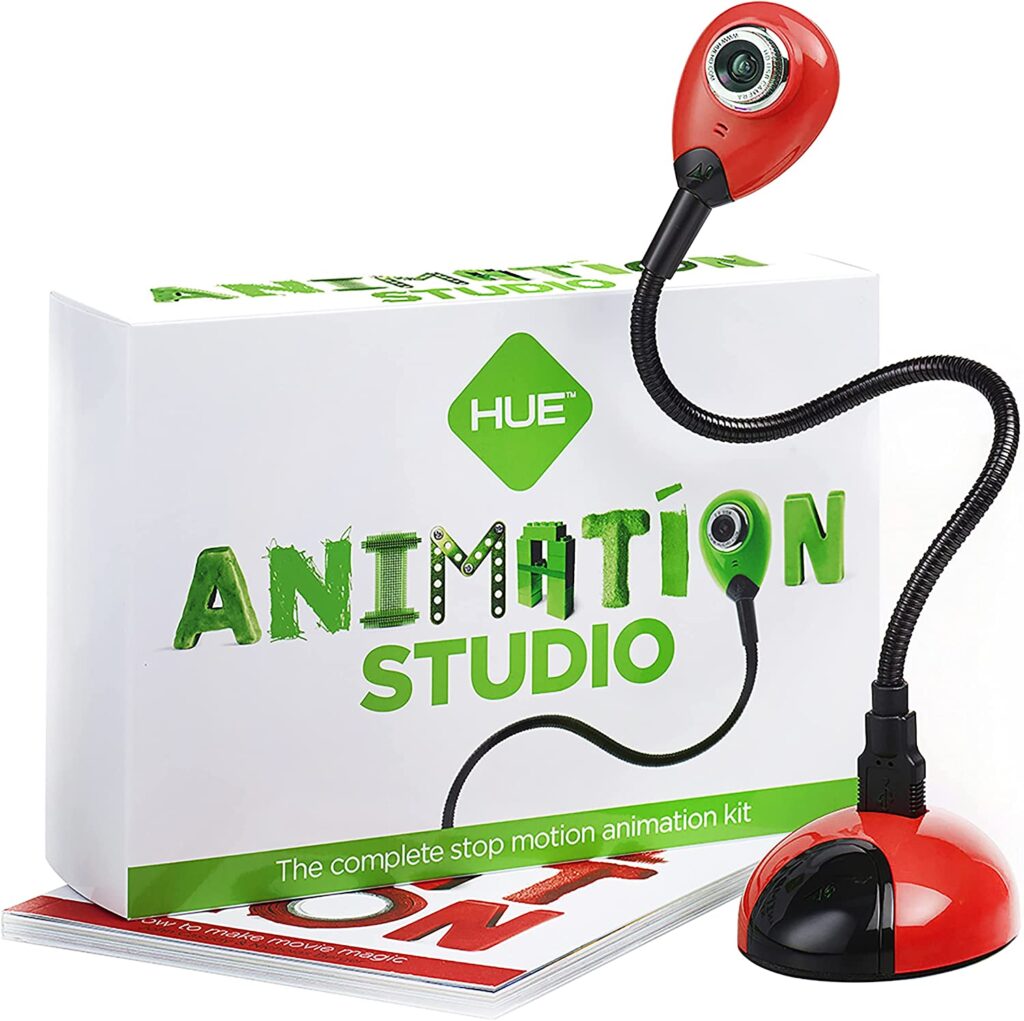
Camera: Use a digital camera or a smartphone with a high-resolution camera. Ensure it has a stable mounting option, like a tripod, to maintain consistency throughout the animation.
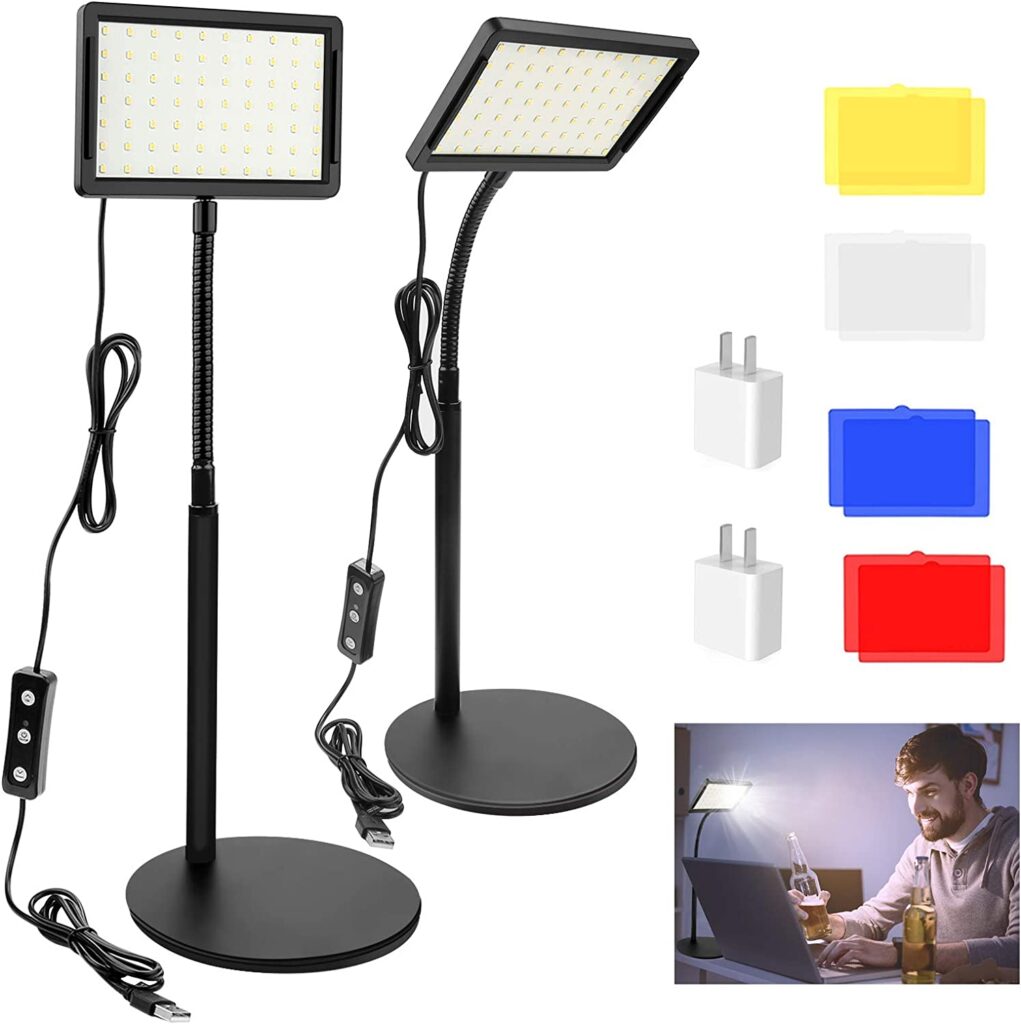
Lighting: Adequate lighting is crucial for capturing clear frames. Natural light or a well-positioned desk lamp can work, but avoid direct lighting that casts harsh shadows.
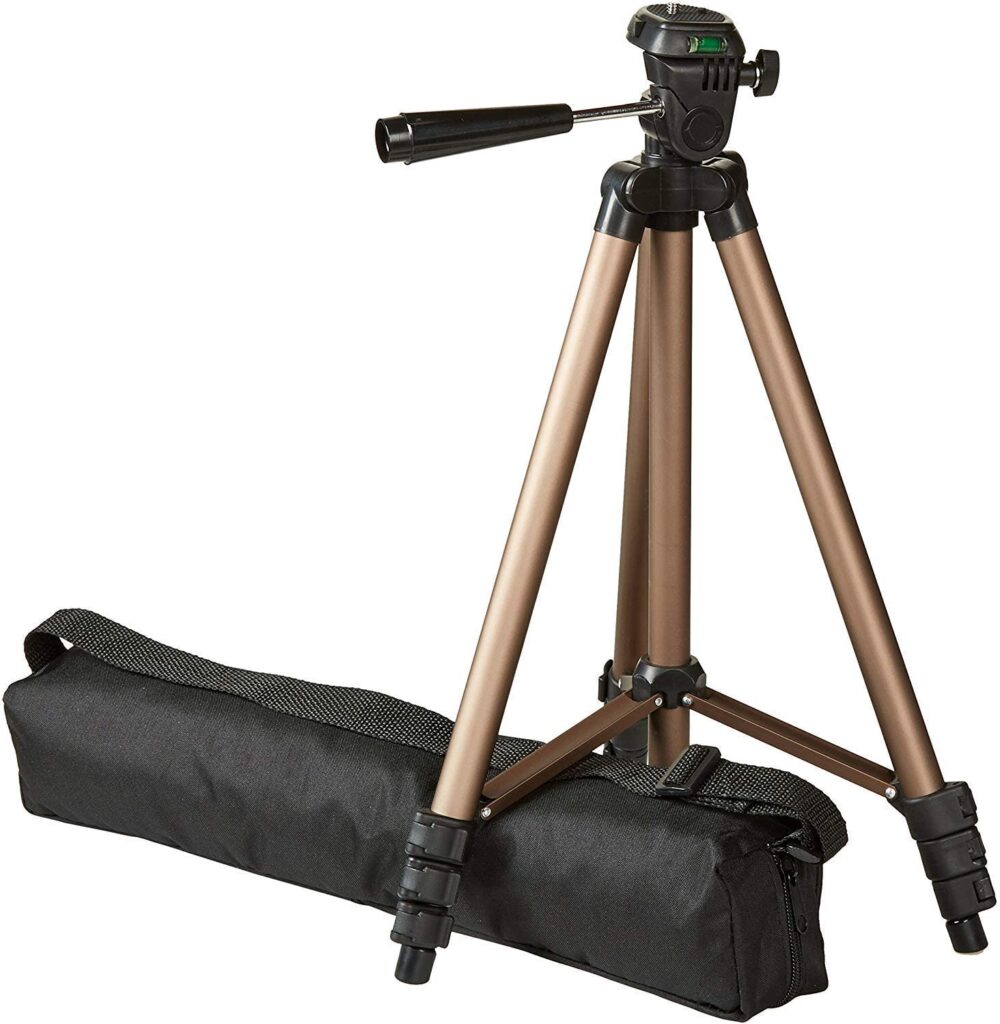
Tripod or Mount: A stable support for your camera is vital to prevent unintended movements or shakes between frames. It helps maintain consistency and clarity in your animation.
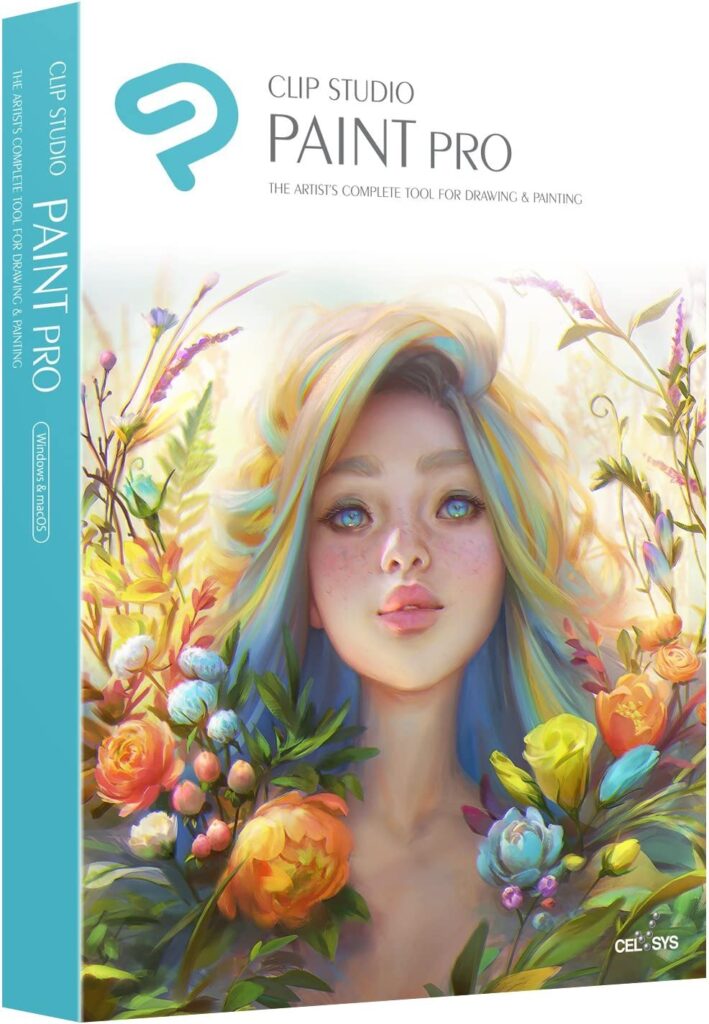
Animation Software or App: While not essential, animation software can help you compile the frames and add any necessary effects or transitions. There are several options available, from professional software like Adobe After Effects to user-friendly apps like Stop Motion Studio or iStopMotion.
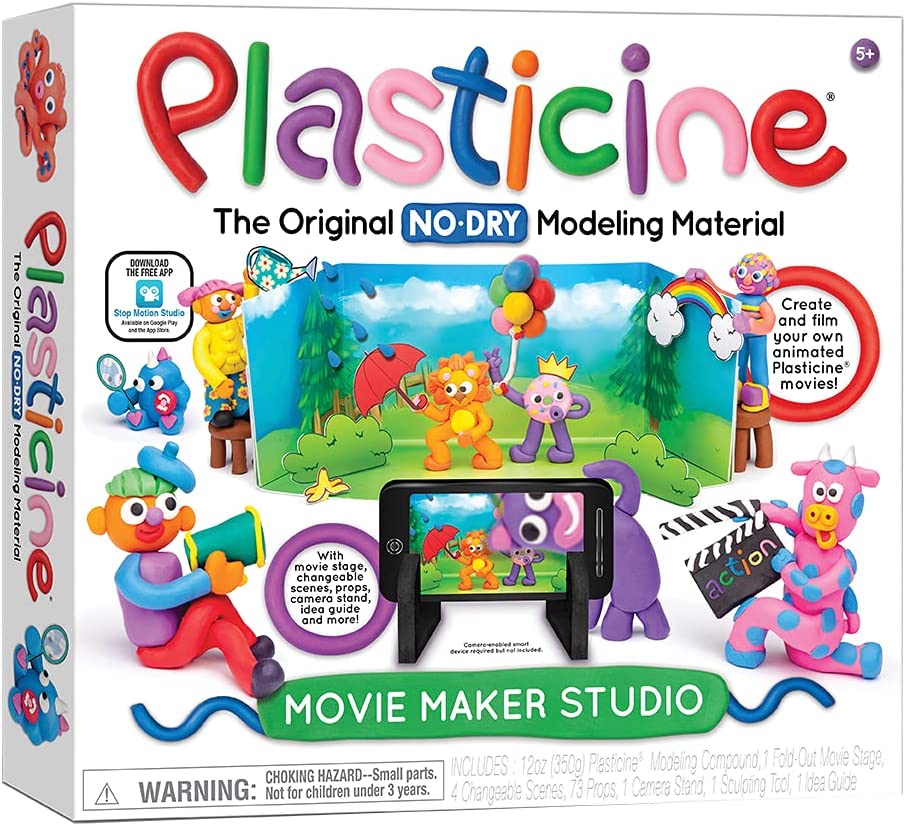
Props and Characters: Decide on the objects, characters, or puppets you want to animate. You can use anything from clay figures to toys, paper cutouts, or even everyday objects creatively transformed into characters.
Planning Your Animation: Before diving into animating, it’s crucial to plan your story and shot sequences. Sketch out storyboards or create a shot list to visualize the scenes and camera angles. This will guide you during the animation process and save time by ensuring you capture the shots you need.
Capturing the Animation: Set up your camera and tripod, ensuring stability and consistent lighting. Position your props or characters as desired for the first frame. Take a picture, then make small adjustments to the scene and capture the next frame. Repeat this process, making slight changes each time, until you’ve captured all the frames needed to complete your animation.
Editing and Finalizing: Transfer the captured frames to your computer and import them into your chosen animation software or app. Arrange the frames in sequence, adjust the timing of each frame, and add any necessary transitions or effects. You can also incorporate sound effects or music to enhance the final result. Once you’re satisfied with the animation, export it into a video file format and share it with the world!
Stop-motion animation is a captivating and rewarding artistic medium that allows you to bring your imagination to life. From short films and advertisements to educational videos and personal projects, the possibilities are endless. As you delve into this creative journey, remember to start with simple concepts and gradually experiment with more complex techniques. With practice, patience, and a dash of creativity, you’ll unlock a world of storytelling possibilities through the enchanting art of stop-motion animation. So gather your materials, bring your ideas to life, and let your imagination take flight in the captivating realm of stop-motion animation.
